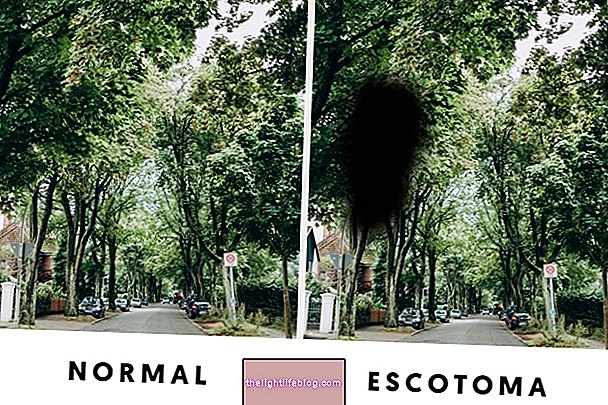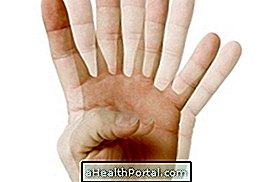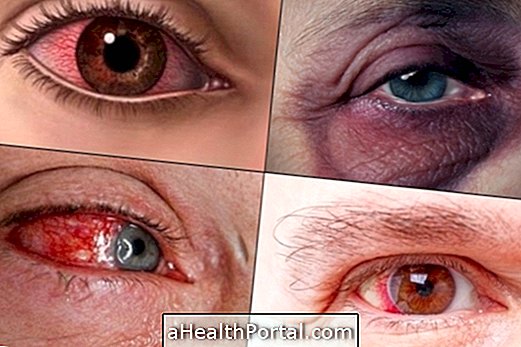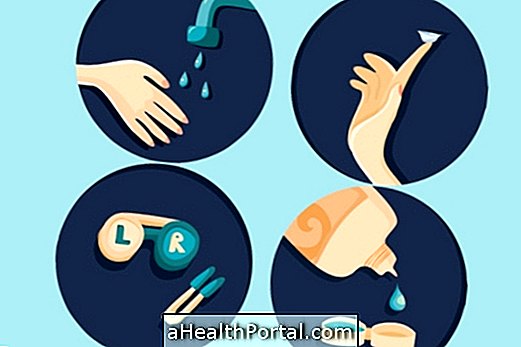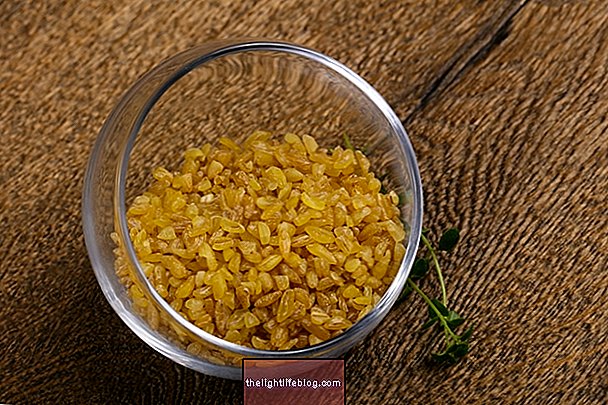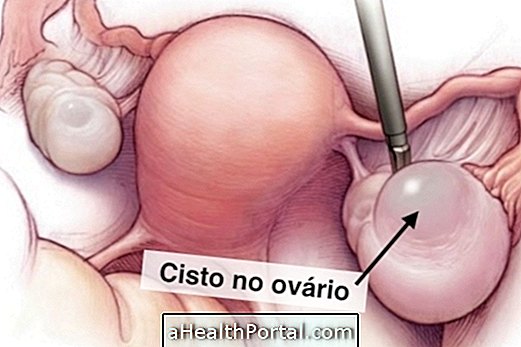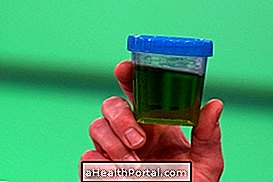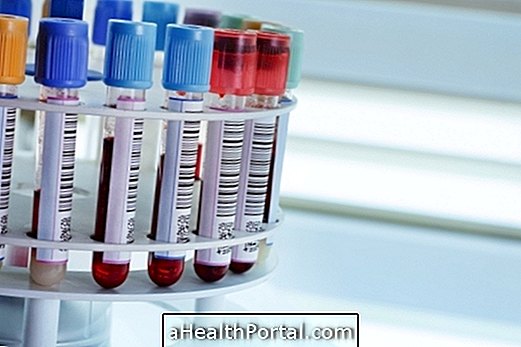In most cases, treatment for stye in the eye can be done at home with eye wash 2 times a day and the application of warm compresses to relieve pain and decrease inflammation.
However, if the stye does not go away in 8 days or increase in size it is recommended to consult the ophthalmologist to start the most appropriate treatment, which can be done with eye drops, ointments, medicines or surgery to drain the pus.
During the treatment it is recommended not to wear makeup on the eyes, to avoid frequently scratching the affected eye and not to put contact lenses to avoid the obstruction of the tassel and increase of the infection, for example.
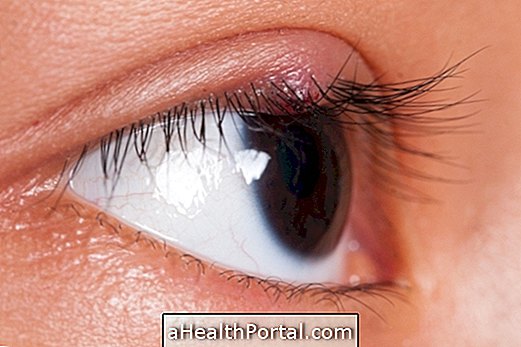
Most used ointments
Tart ointments such as Prednisone or Terramycin, as well as eye drops, should only be used when the stye lasts more than 8 days to disappear and under the guidance of the ophthalmologist. In these cases, the ointment or eye drops should be applied 4 to 6 times a day after washing the eye with warm water.
In more severe cases, such as an internal stye or calyx, where the problem does not disappear with the use of ointments, the ophthalmologist can use surgery to make a small cut and drain the stye. This surgery is usually done with local anesthesia so the patient can return home on the same day.
Home treatment option
A good home treatment for stye can be done in the first 8 days with the application of warm compresses of chamomile on the eye to relieve inflammation, pain and help drain pus.
The use of boricated water in the treatment for stye, although it is widely used, should be avoided as it is an unsterilized substance that may facilitate infection.
Ingredients
- 1 sachet of chamomile;
- 200 ml of boiling water;
- 1 clean compress.
Method of preparation
Put the chamomile sachet in the boiling water and let stand for 10 minutes. Then wet a clean compress in the tea and apply to the tumbler for about 5 minutes, repeating the process up to 3 times a day.
See other natural ways to treat stye at home.
Signs of improvement
Signs of improvement of the stye include reduction of swelling and redness, as well as pain and difficulty opening the eye.
Signs of worsening
Worsening signs are related to the infection of the stye and include increased pain and swelling, as well as difficulty opening the eye. In addition, the appearance of pus, the fact that the tendon does not pass in 8 days and the infection spread to other regions of the eye are also part of this type of signs.
